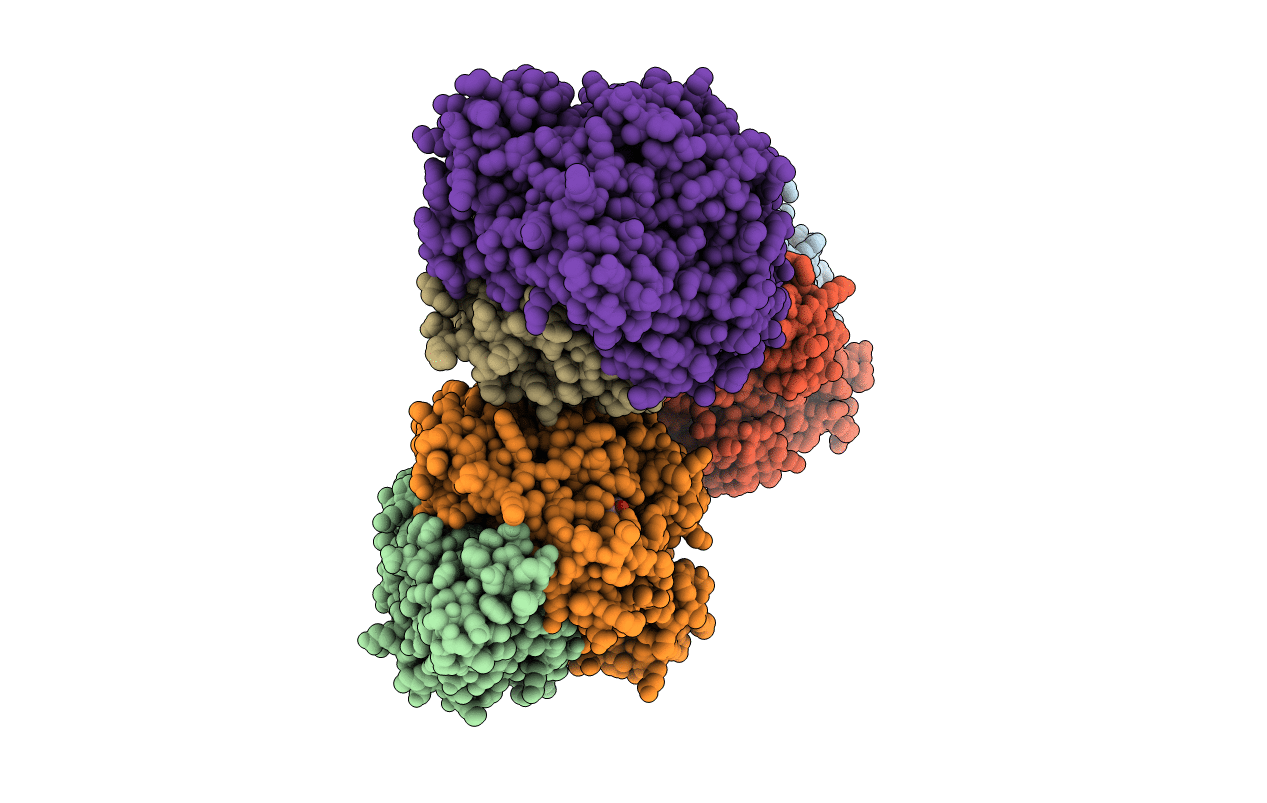
Deposition Date
2008-04-17
Release Date
2008-08-05
Last Version Date
2024-11-20
Entry Detail
PDB ID:
3CUS
Keywords:
Title:
Structure of a double ILE/PHE mutant of NI-FE hydrogenase refined at 2.2 angstrom resolution
Biological Source:
Source Organism:
Desulfovibrio fructosovorans (Taxon ID: 878)
Host Organism:
Method Details:
Experimental Method:
Resolution:
2.20 Å
R-Value Free:
0.22
R-Value Work:
0.18
R-Value Observed:
0.18
Space Group:
P 1 21 1


